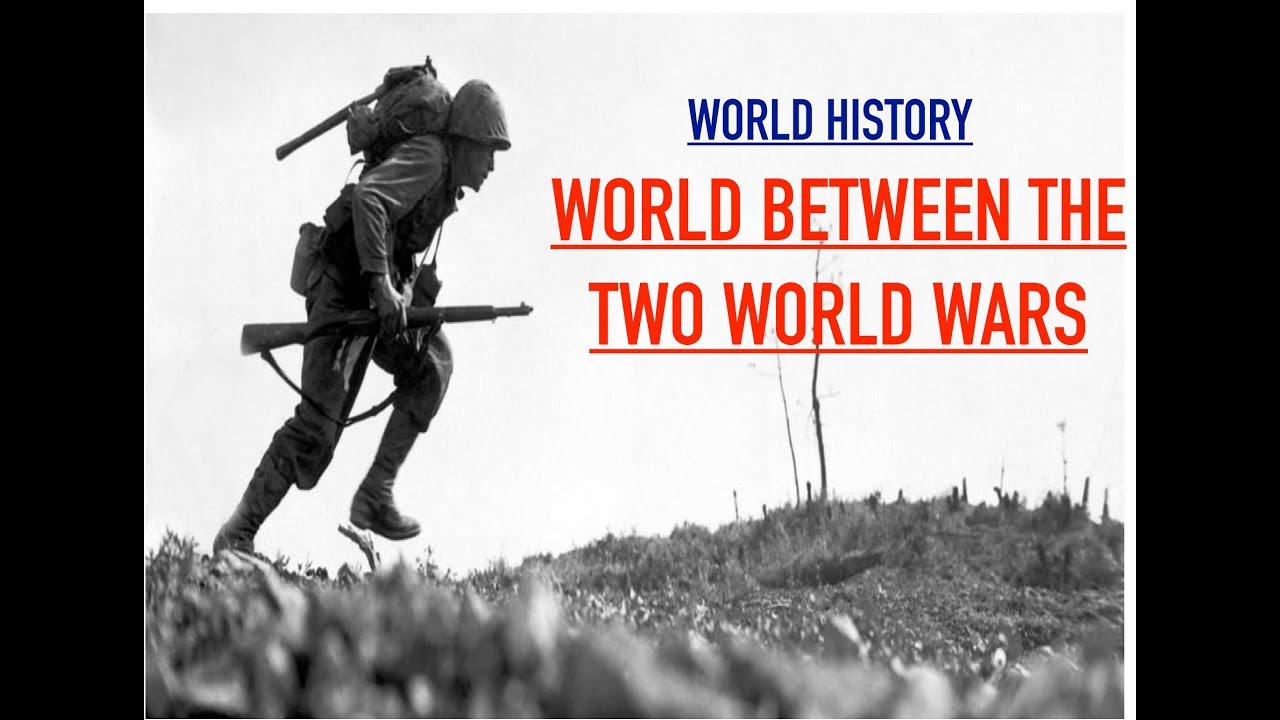The Years Between World War I and World War II were marked more by movements to the extreme right than by movements to the extreme left, despite the Western democracies’ fear of Bolshevism. Beginning in the early 1920s a fascist regime took over in Italy and by the 1930s in Germany and Spain.
Much of eastern and southeastern Europe were firmly fascist or quasi-fascist states by the late 1930s. Since these individual fascist states were the products of different societies, they came into power under different circumstances, commanded vastly different resources, and differed in other important respects. But they also had several characteristics in common.
The fascist regimes in Italy and Germany in particular were products of disillusionment with the failure of democratic or even socialist policies to achieve stability and security. Economic depressions played a significant role in the rise of dictators almost everywhere. These dictators demonstrated a flair for the dramatic— war cries, special salutes, elaborate ceremonies, uniforms that set the faithful apart from the mass.
Europe’s age of fascism, from roughly 1919-1945, did not envelop France, Scandinavia, Switzerland, Britain, or the United States, though they may have had vigorous fascist parties. Fascism everywhere was essentially a reaction against the devastating impact of the Great War on basically liberal nineteenth-century societies that found that victory had not brought harmony, as well as on fragmented and conservative societies that had been branded the aggressors in the war.
Thus a sense of anger was basic to fascist states. Within each nation frightened peoples responded with a new nationalism in the face of an inter- national challenge—communism—and an international disaster—universal war followed by universal depression after 1929.
In the phrase of many observers, the twentieth century became an “Age of Anxiety,” especially as the European nations began to recognize that they were moving toward economic chaos and political collapse. The European nations had been bled far more deeply by World War I than they realized.
Nations that were now powers of the second rank sought to continue to behave as though they were powers of the first rank, especially in aggressive foreign policies. Under such conditions renewed clashes, while not inevitable, were highly likely. Given the emotional base for most fascist movements, compromise was equally unlikely.

